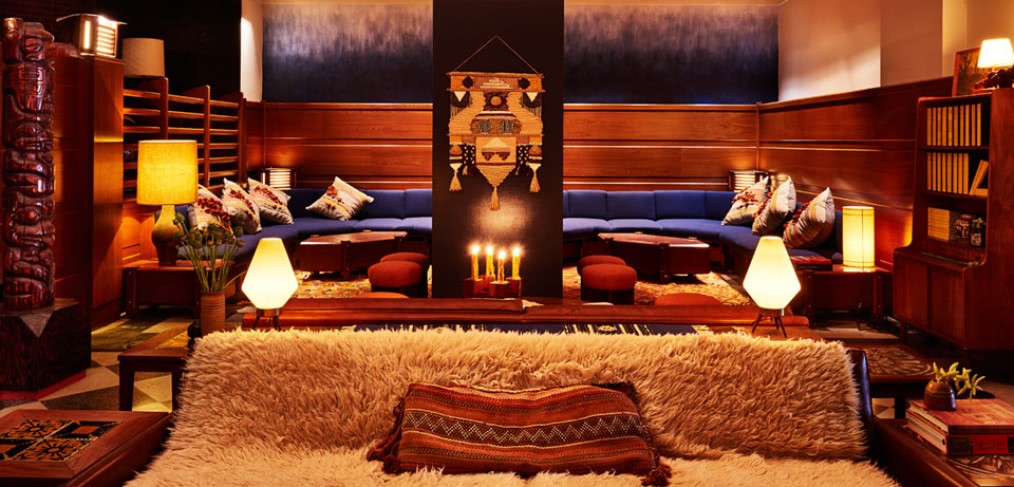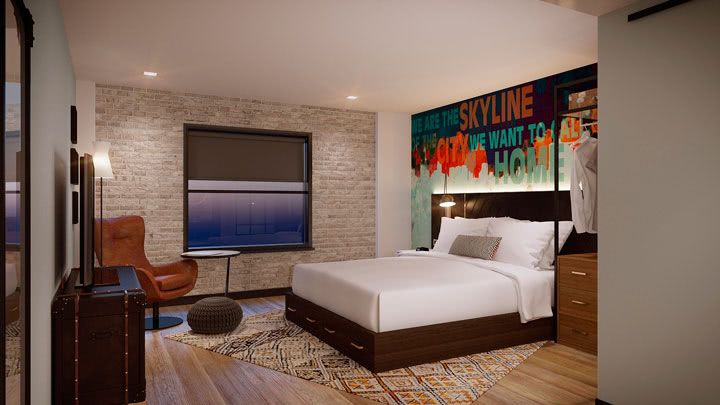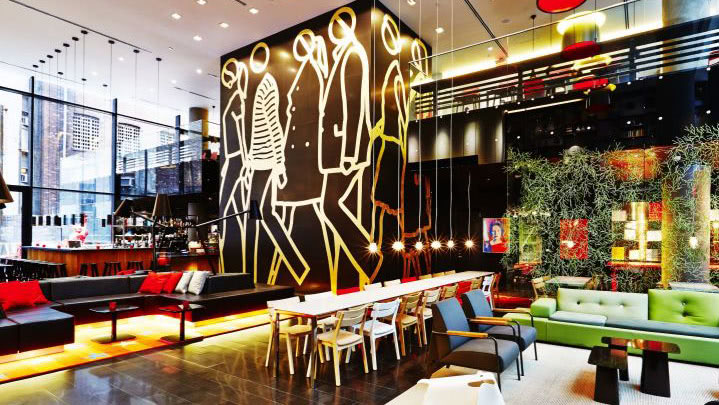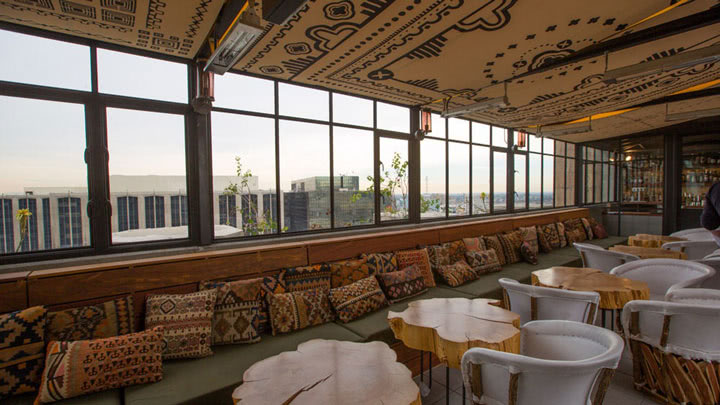
6 Ways Hotels are “Unbranding”
I’ve heard it said that millennials are the least brand-loyal generation in recent history. Maybe it’s their general distaste for all things corporate. Maybe it’s the fiercely independent mindset that defines them, even as it makes them an entirely unpredictable lot.
All of this poses an interesting challenge to the hospitality industry in particular, which has made the loyalty program the bread and butter of their marketing strategy for decades. In the face of the enormous size and spending power of this most talked about generation, hoteliers are asking themselves:
How do we create brand loyalty for a generation that doesn’t care about brands?
Hotel concepts that catered to the baby-boomers aren’t the same concepts that will appeal to millennials. It’s that age-old conundrum: what got us here isn’t what’s going to get us there.
The hospitality industry is responding with an incredible array of innovative products, many specifically intended to soft-pedal their brands. Here are six ways that hotels are setting out to “unbrand” themselves.
-
Fill the Gap
Today, younger travelers have limited choices, especially for business travel. The luxury market is mature, but not the right fit for the twenty-somethings who balk at rooms in the $400 price range. And the more economical options, especially the Residences, Inns, Suites, and Homestays, all lack the personality millennials seek. Today’s soft brands are helping to fill this gap in the market. From Hilton’s millennial-centric Tru to Starwood’s Tribute Collection, many of the large flags are finding success in the space between…less conservative than luxury brands with more compelling offerings than economy brands.

Photo: Business Wire
-
Authenticity Trumps Luxury
“Authenticity” is an industry buzzword with serious staying power, and many brands are creating boutique collections that offer an authentically local vibe. People crave new experiences that are a true reflection of their destination—a story worth sharing on social media—even if that means sacrificing the comfort and familiarity of their favorite hotel chain. This trend is dominating the industry’s latest offerings. Hyatt Centric, for example, provides guests with a “local home base” as a guest room, local cuisine and hand-crafted cocktails, and destination guides. Hotel Indigo by IHG allows guests to “taste the local flavor on menus and see it in the art and photography displayed on walls.” And the list goes on.
-
More Socializing, Less Sleeping
A good hotel stay used to be defined by how great the room was, from Westin’s Heavenly Beds to tricked-out Toto toilets. But with new concepts, guest rooms take a backseat to the social spaces, which offer a much hipper vibe than the traditional lobby lounge. Case in point: citizenM’s rooms are shockingly small, but all is forgiven because the lobby is truly where it’s at. From live music lounges and even shared workspaces, millennials care more about a cool social scene than they do about a big bedroom filled with amenities. And when it comes to return on investment, encouraging guests to spend more time in spaces that generate revenue above and beyond the room rate is a no-brainer for any hotel operator.

Photo: Adrian Gaut for Concrete
-
Economic AND Experiential
It’s an intriguing rite of passage: the newly minted college grad heads out on a backpacking trek across a foreign land with the usual hostel accommodations that range from cozy to seriously spotty. But now, a new breed of small, affordable and trendy micro hotels are servicing more than teenagers and recent grads. The “poshtel” is targeted at the stylish but cost-conscious traveler, and the adaptability that this particular segment employs allows it to continue to thrive. From The Freehand in Chicago to the booming Generator Hostels chain in Europe, this trend pairs only the best of the hostel experience with a higher level of service. -
From F&B to B&F
For years, hotels have struggled to find a way to add great restaurants and bars to their spaces. Admittedly, the choices are getting much better across the board, and the F&B focus is now on putting the “B” before the F” in many properties where the offering includes a limited food menu with a unique beverage program. AC Hotels by Marriott, for example, serves tapas and cocktails prior to the dinner hour and then hosts an after-dinner happy hour from 9 to 11 pm. Millennials are leading the pack in helping to make new hotel bars total hot spots, especially in cities where downtown cores are being regenerated. Great bars, like Upstairs at the Ace Hotel, are the new meet up spaces for travelers and locals alike. The only problem now is being able to snag a table on a Friday night!

Photo: AIA Chicago
-
Think Three-Star Cool
At CallisonRTKL, our hospitality group is working on several new and exciting mid-tier hotel concepts that are notable, stand-out offerings from the budget hotels of the past. We call it “three-star cool”—the idea that great design and fantastic guest experiences should be available at any price point. Several pioneering developers are embracing this artfully urban approach to affordability, and unsurprisingly, these hotels—including the aforementioned AC Hotels and citizenM—are at the forefront of many other industry trends. Our firm has embraced the fact that three stars can be as cool as five stars, and in many ways, much more appealing to the influential new generation of travelers.
Millennials are an interesting breed who may not believe in singular brand loyalty as much as their parents did, but their influence is helping the hospitality industry to rethink their brand components in new and exciting ways. Perhaps “unbranding” is less about dismantling brand consistency and more about taking advantage of the freedom to curate authentic experiences at a range of price points in cool new settings.
Cover image via thefreehand.com
